Assignment on Decidability and Undecidability in TCS
VerifiedAdded on 2023/04/25
|5
|1109
|284
Homework Assignment
AI Summary
This homework assignment explores several core concepts in theoretical computer science, specifically focusing on decidability and undecidability. The solution addresses four distinct problems. The first problem examines a language of binary numbers that are powers of 2 and determines its decidability. The second problem analyzes a language related to looping behavior of Turing machines and whether it is semi-decidable. The third problem investigates the decidability of a language involving Turing machines that reject a specific string and halt on another string. The final problem deals with a language where a Turing machine accepts a string without moving to a blank cell. Each problem involves analyzing the language's properties and proving decidability or undecidability using techniques like reductions and the halting problem.
1 out of 5
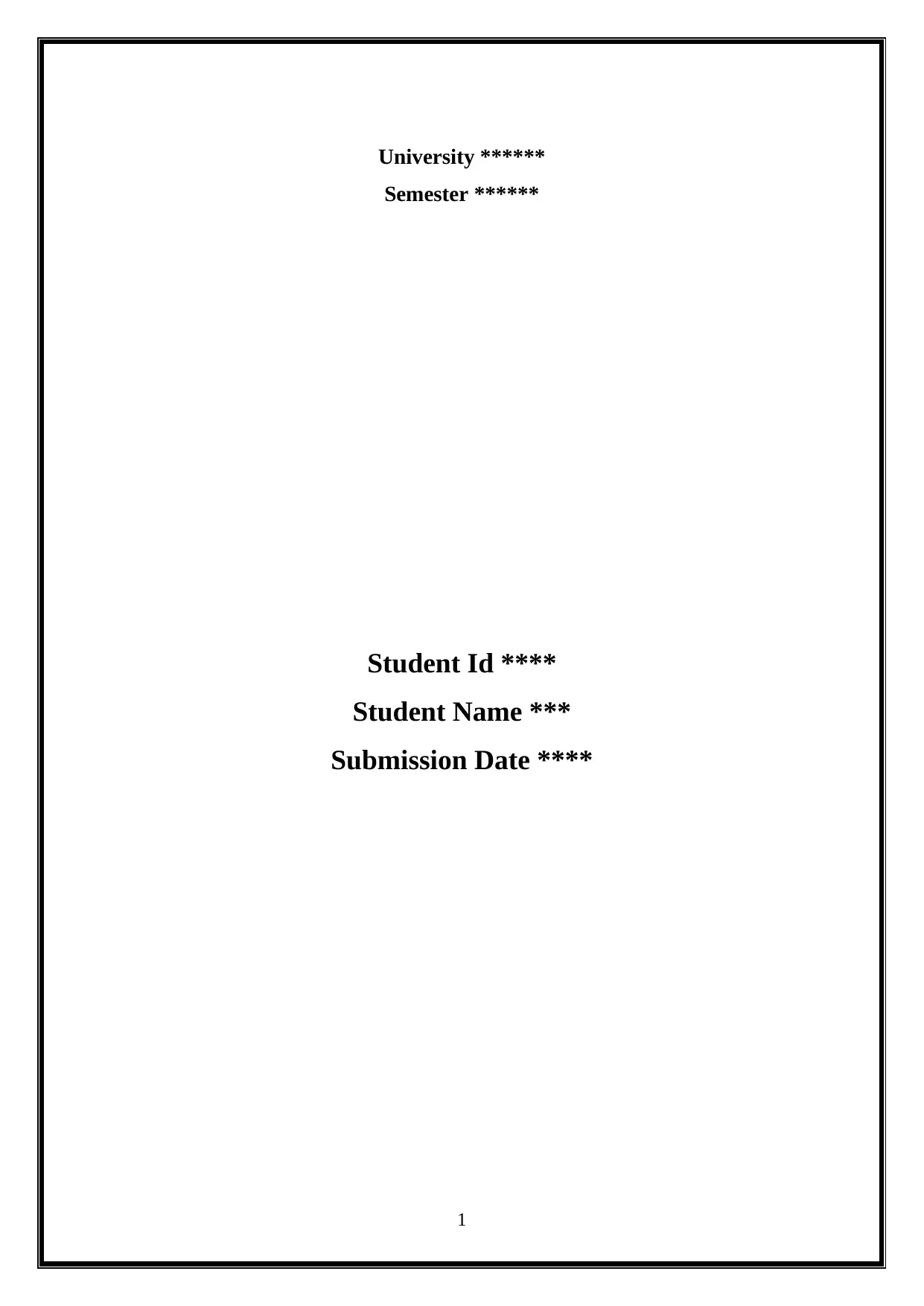
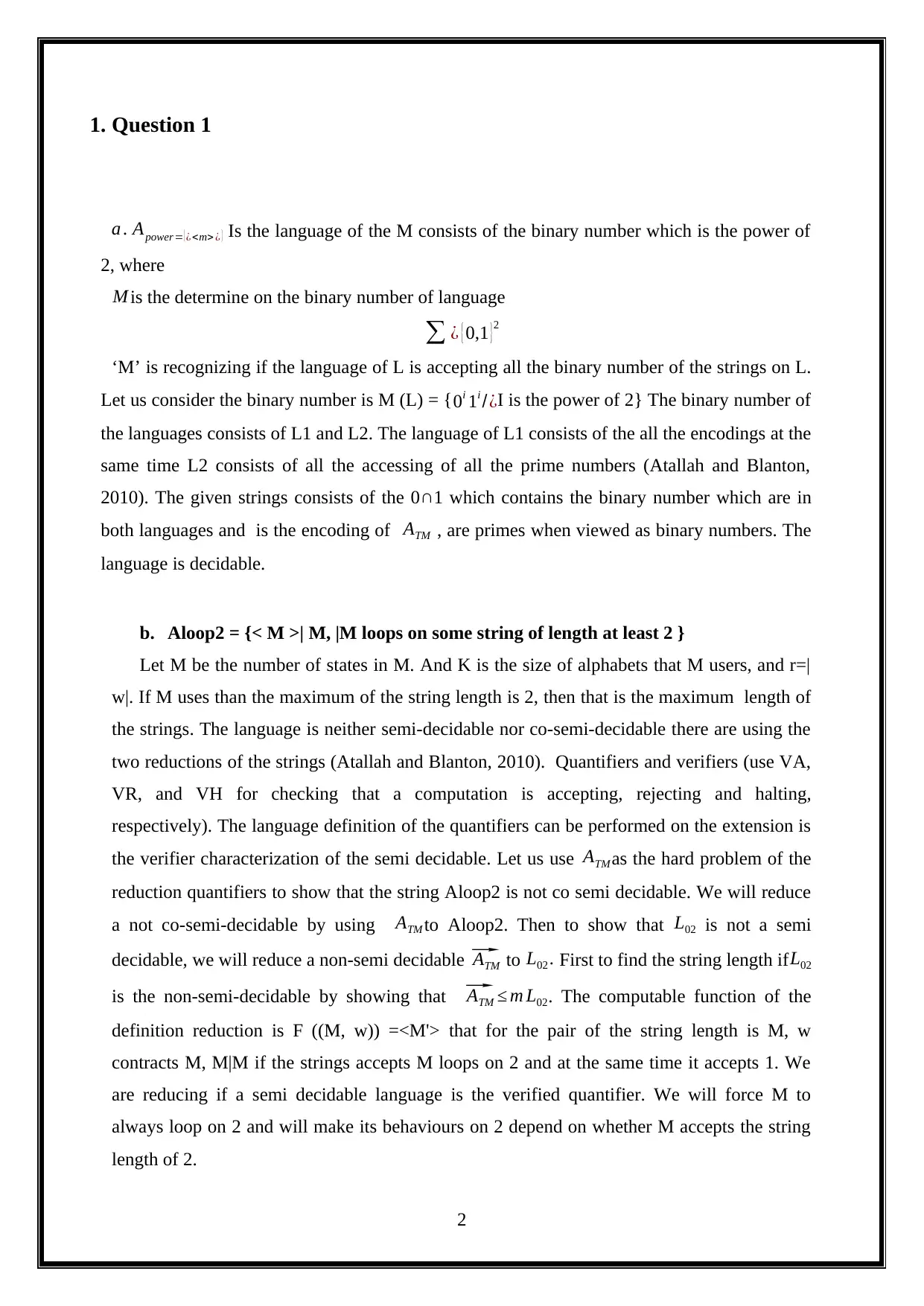
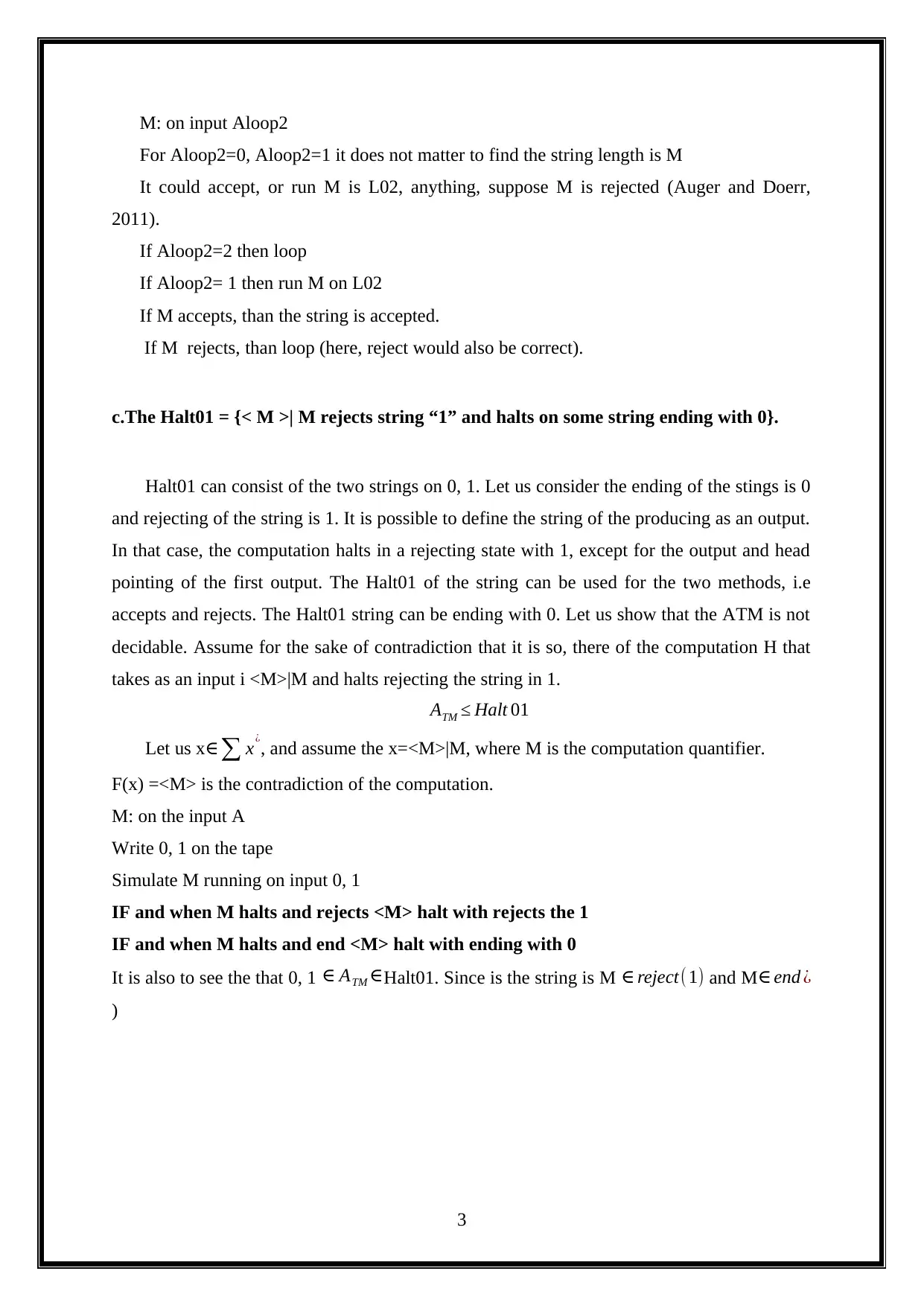

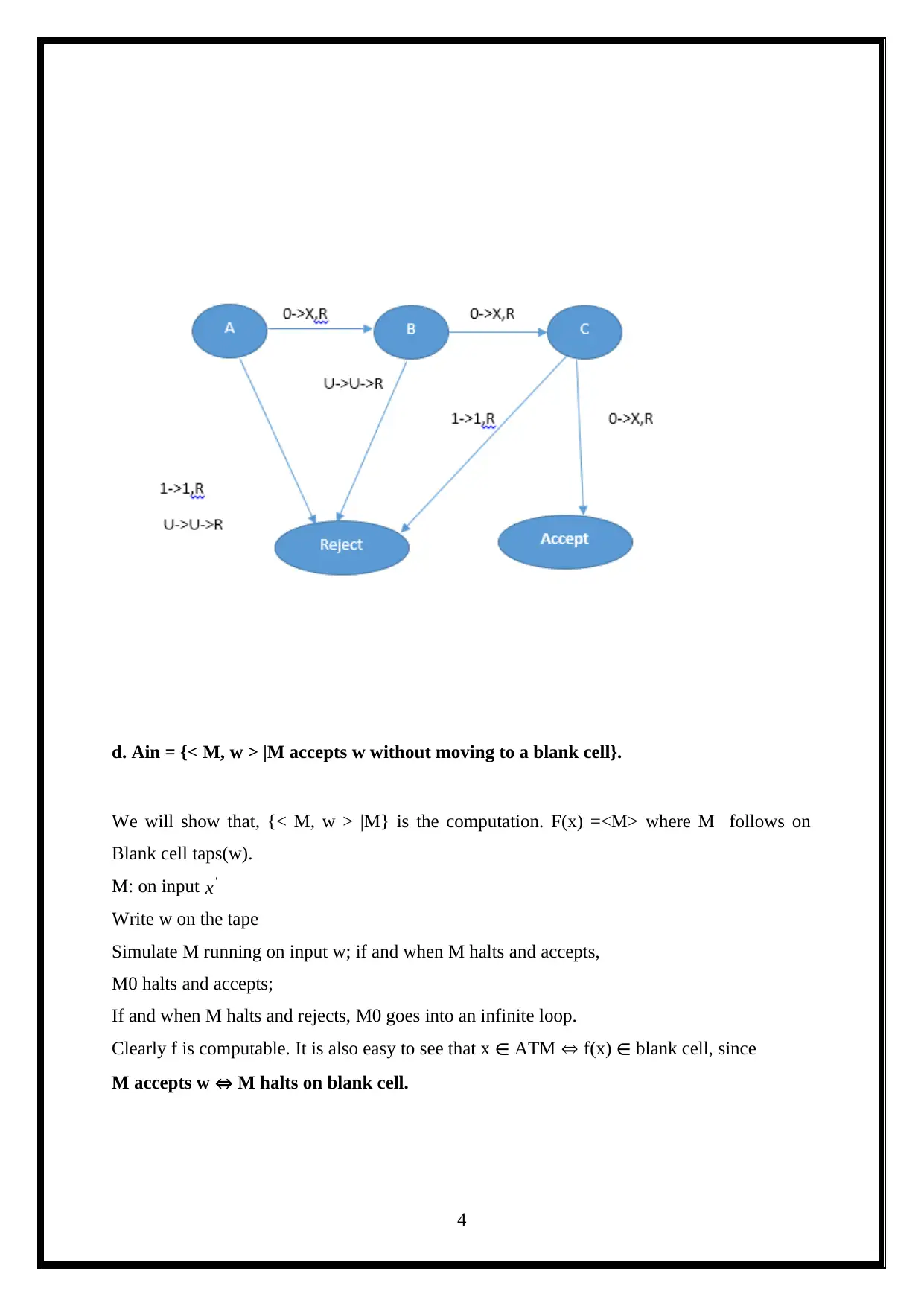
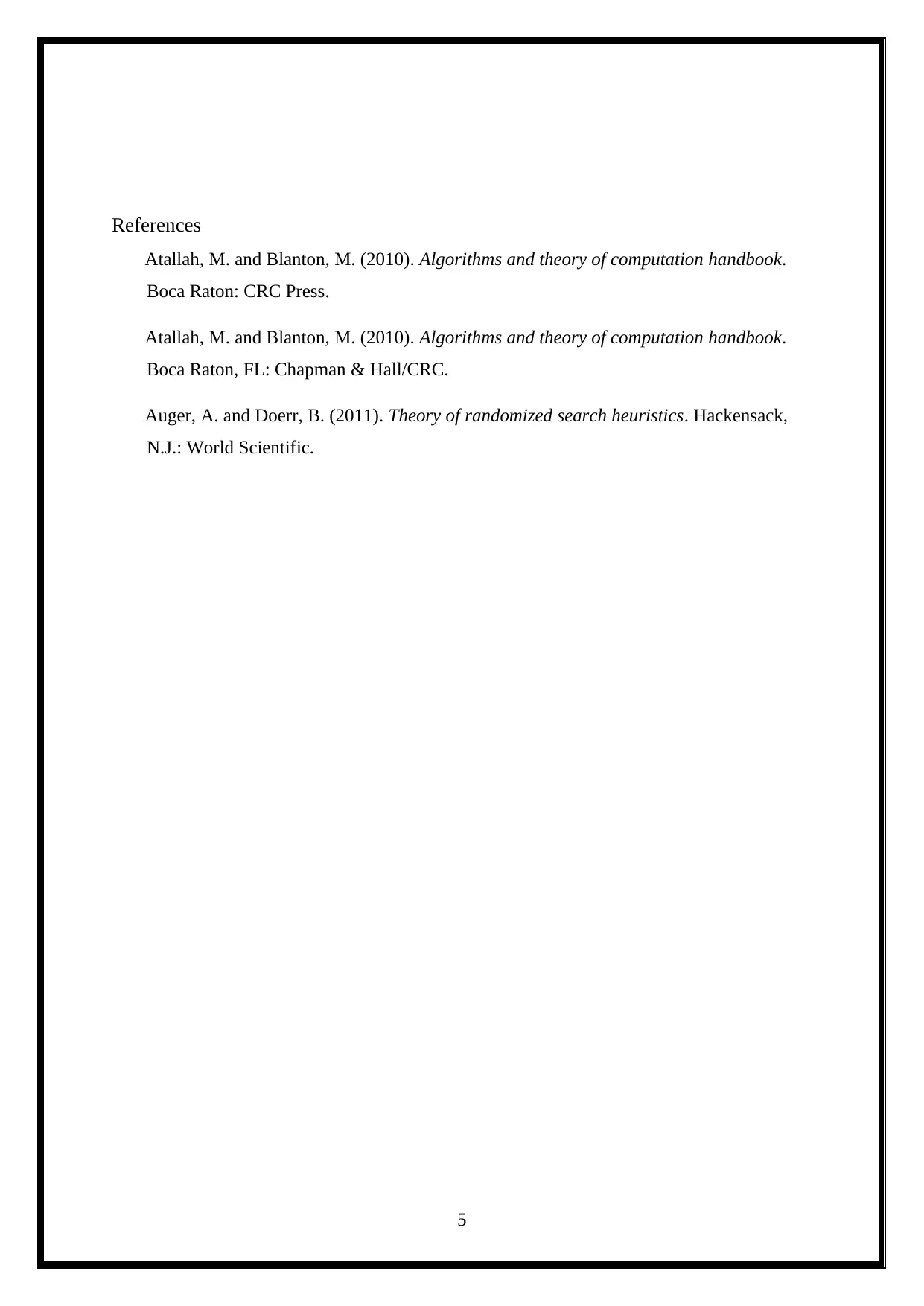

![[object Object]](/_next/static/media/star-bottom.7253800d.svg)